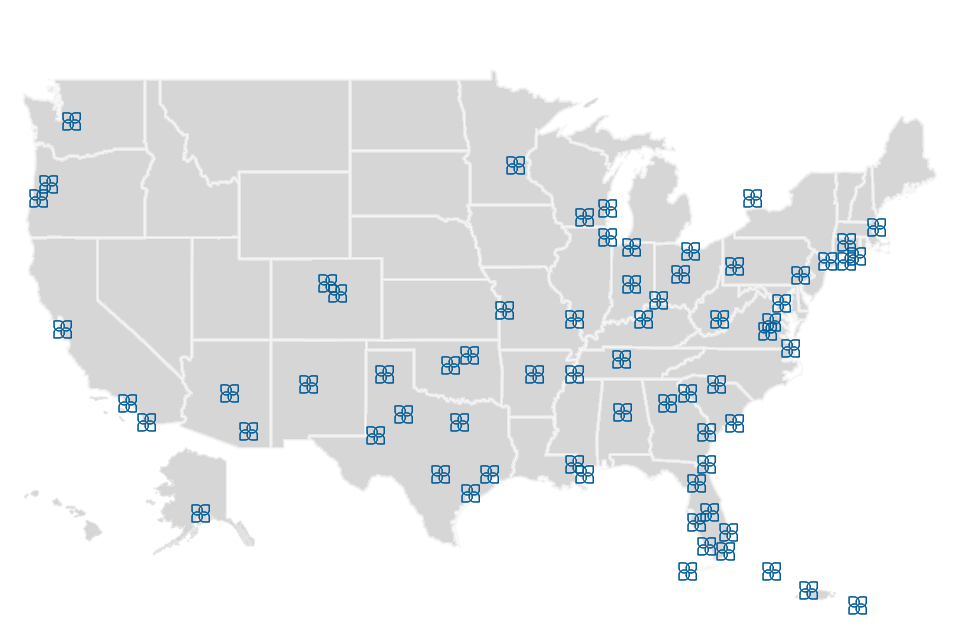Posted January 4, 2021
For some investors, renovating during minor displacement could yield the highest ROI.
Much has been written on the unprecedented impact of the COVID-19 pandemic on the hospitality industry. The pandemic, and policies enacted to inhibit its spread, have decimated traditional hotel demand, particularly the essential group and corporate transient segments of business.
The operational carnage, combined with uncertainty as to when demand will return to some semblance of normal, has also frozen the transactional market, which today is plagued by a significant bid-ask gap, a dearth of attractive credit liquidity, and ambiguity as to who actually wields control over a given property. The hospitality investment community, sitting on significant dry powder and frustrated by the stagnation of arm’s length acquisitions, has branched into nontraditional investment avenues, including the deployment of bridge debt and runway capital, but broadening the spectrum of investments has not resulted in widespread investment activity.
Until the transactional market thaws – largely dependent on consumer demand returning to the market – renovations of select hotels within investors’ existing portfolios may yield the highest returns on investment. The pandemic and resultant shutdown have created a unique window that make now an excellent time for property-level investments for many, but not all hotels. Renovations make the most sense at properties where business is expected to return to normal quickly after the pandemic ends, where occupancy and, more importantly, ADR have not completely fallen off a cliff. It does not make sense to deploy new capital at an asset that has more of an uncertain path forward. Additionally, now is a good time to think about moving certain assets up the chain scale if they were rate capped pre-pandemic, provided business is expected to return.
Timing
The present is ideal for select asset renovations for several reasons. First, the main upside to low occupancy is that renovations do not create guest displacement issues. Moreover, invasive, disruptive, or noisy work can be conducted without bothering guests. For assets in need of a meeting space refresh, this may be the only time over the next decade where meaningful changes can be made without concern over losing group business.
Flexibility in PIPs
The pandemic has also ushered in unprecedented flexibility on Product Improvement Plans (“PIPs”) from many of the major brands, in terms of both requirements and timing. PIPs once rife with aesthetic brand standard requirements can now in many cases be pared down to life-safety and ROI-inducing projects upon an owner’s request, with deadlines for completion of these items pushed well back. This offers owners the opportunity to remain in compliance with their respective brands’ physical standards at a fraction of the traditional cost.
Conversion Opportunities
The present is an ideal time to contemplate changing brands or converting to independent, as liquidated damages at most properties are as cheap as they have ever been.
Cost
Depending on the local dynamics, construction labor may be more available and thus, less pricey, especially if other major projects in the market have stalled. On the other hand, the cost of construction materials will likely continue the upward trend precipitated by supply chain interruptions in 2020. Locking in material pricing now will allow project managers to avoid paying higher prices later in the year.
Summary
When the pandemic has finally passed, it will take tremendous work to get guests’ heads back in beds. Those properties that have been refreshed, that are competitively superior to their peers through physical renovation, will have a substantial advantage operationally, leading to enhanced profitability and, therefore, better value. Investors who are unable to deploy capital externally today through traditional methods would do well to evaluate their existing portfolios to lay the groundwork for strong returns going forward.


